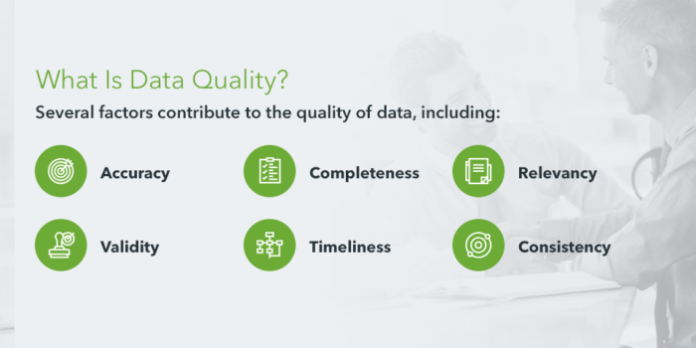Moving all of your data to one virtual location is an excellent business practice. Working on data integration sounds easy, but if the wrong steps are taken, it could lead to disaster! Data loss can cripple a business, and if you’re thinking of pivoting to a unified system, you’ll need to be careful that all of your company’s data remains secure. Here are five tips to help your transfer plans go smoothly.
Good Data Quality

Moving your data around won’t help your business if it’s not good quality. The results may be less than desirable if you transfer information to a new system without the proper precautions. Make cleaning up your data a priority before moving forward with any integration plans or you’ll lose precious time trying to fix errors and missing information later on. Some things to keep in mind include:
- Identify errors already in the system
- Standardize data across all platforms
- Look for existing duplicate data
- Check the quality of external data sources
- Systematize the process
Having clean data means it’s easier to organize and analyze. Duplications, spelling mistakes, and file type issues can all hurt data integration, so make standardizing business data a priority.
Select a Project Lead

Individual departments handle data in different ways. When you’re planning a data integration project, the last thing you want to have is conflict about how it should be done. In addition, relying on each group to consolidate and transfer all of their information means inconsistencies and duplications are bound to arise.
Choosing an expert to handle the procedure can take a lot of the pressure off of each team while ensuring the process is flowing smoothly. Instead of each team deciding how to accomplish their goal, they’ll have a single contact that will handle all of the difficult decisions for them. Because data integrity is so important to successful business operations, putting the project under one manager can keep everyone in the loop.
Understanding Your Needs

There’s no single way to integrate your company’s data. Making the wrong choice may increase present-day costs or make things even worse in the coming years. Think about your business’s overall goals and what kinds of data need to be aggregated. There are five main types to consider:
- Manual: Using staff to transfer the data by hand.
- Middleware: Programs that link two services together.
- Uniform Access: Displays data cohesively without changing locations.
- Application-Based: Software that handles the transfer for you.
- Common Storage: Similar to Unform Access Integration but also copies data.
Knowing whether you need to integrate your applications or just your data is important to deciding which transfer method you should use. It’s also a good idea t consider future plans as one type of integration may not work with the direction your company is headed. Once you know the most efficient method, you can compare services to your budget.
Managerial Support

Employees can be very protective of data they consider “theirs.” The customer service department may be loathed to give transfer teams access to their information in fear of disrupting current projects or ruining the data itself. These kinds of squabbles can make it difficult for a transfer to occur smoothly.
The IT department will most likely be in charge of your data transfer procedures, but upper management should be included in the process as well. Getting everyone on board will help smooth out interdepartmental problems, allowing the transfer team to address each issue as it arises. That last thing you want is compromised data because someone didn’t know how to proceed.
Prepare for the Future

Moving all of your data to a cloud-based system is essential as digital information takes up more space. Many companies look for a quick fix, using ad-hoc techniques or custom programs and code to accomplish data integration. However, these are often short-term solutions that don’t take future changes into account. Once the system gets upgraded, it may cause a host of issues all over your network.
An integration solution needs to be dynamic as the ways data is collected and used change. A custom-made interface generally has no tech support as it was made on the fly, while an established application should have systems in place to help if upgrade issues become a problem. Look for systems that will grow with your company, not ones that only offer fast solutions to present-day problems.
Planning for Successful Data Integration
When you begin organizing a project to aggregate all of your company’s data, you’re taking steps to ensure its longevity and integrity. Choosing the right system is only part of the battle. You’ll also need to keep your data clean and create a series of best practices for your employees to follow. Maintaining data integrity is key to any business’s survival, and having it all located in one place will help your company run more efficiently than ever before!




